Warning: This article has hardly any substance. It will be of little worth for the purposes of education. It has small merit as an investment piece. The author is fatigued, and is taking a break from sorting copper cents from rolls obtained in $25 boxes from the nearby bank. Why would he even do that? Because he believes that the copper cents - those made by the United States Mint, prior to 1982 - which were comprised of an alloy of 95% copper with 5% zinc, will gain in value. If not immediately, than in the future. He believes that inflation will lead to price rises across the board.
Since he believes that the onset of hyperinflation is inevitable, he feels that one way to preserve your purchasing power is by accruing tangible silver, and gold coins ingots or bars to be held in your physical possession. No, he doesn't mean to imply that you carry them around in your pocket, but that you store them in a secure location, perhaps within a well-hidden safe, that you have easy access to. The author would recommend a safe-deposit box, were it not for some frightening stories that you can find by googling, concerning the criminal abuses that officials are sometimes conducting to confiscate their contents.
Revisiting the earlier premise of holding some silver and gold, the author considers these items real money. As opposed to the worthless toilet paper fiat currency with presidential images imprinted on them which carry a mandate of legal tender but are in actuality no better than scrip. If you want to carry pictures of the inhabitants of the oval office, and imagine that they have purchasing power, than you would be much better off accumulating the monetary version in coinage by saving Presidents Kennedy, Roosevelt, and Washington, in pre-1965 metallic form.
And don't forget Abe and Tom. Lincoln and Jefferson. They're affordable for anyone to hold, even those who can't afford an ounce of silver. Save your nickels and your copper cents. You can visit Coinflation.com to learn that, at times, the intrinsic value of the content of the cupronickel alloy present in nickels exceeds its face value. This, of course, varies with the price of those base metal commodities. The value of the penny, the copper ones, is well in excess of double face value. If and when the present melt ban is lifted on these two coins, it is a certainty that they will swiftly vanish from circulation as people melt them for their base metal content.
That's it for today's concise version of real-money-acts-as-a-store-of-wealth lesson. Nothing new. Just rehashed the same content from a different slant. Enough for now. It's time to play. Whimsy, here we come. You can stop reading now, if what you're looking for is sage offerings of investment advice. We're going to directly contradict the theme I offered in an earlier piece, that being related to optimizing your time to attain your goals. If you want to reach a goal, it is best if you direct your efforts in single-minded focus to accomplish your desires. Any tangent from your target will just lengthen the time necessary to achieve your aims.
In an article entitled Counter Productivity, I lambasted those who proclaim to be intent on sorting and saving copper cents, but drift away from that goal by investing an inordinate amount of time to documenting their every discovery. If their true goal is to save as much copper as possible, then they are wasting their time by all of their minute recordings, followed by posting and responding to similar threads on the penny forums in which they participate. However, looked at from a different aspect, the search for copper can be rewarding, if you develop the attitude of a collector.
Collectors probably look at hoarders as more than slightly crazed fanatics. "You're missing all the fun," they might say. "There's a thrill of discovery when you search," they might add, "and are able to find a scarce date penny, a key date in good condition, or an Indian Head penny that is still in circulation after more than one hundred years." So, today, taking a break from amassing yet more pennies in my growing hoard of copper cents, I am going to indulge exploring a thought that occurred to me while inspecting a box of wheaties that was filling up.
As I sort copper, I don't specifically look for wheaties, but when I find one, I toss them into a separate box, date unexamined. The box was starting to get a goodly number, perhaps five hundred, inside. So I decided I better separate them into two piles, one before 1940, one after. I intend, someday, to go through and see how many slots in a penny album I can fill. Maybe next time that I need a break from sorting. So I was quickly examing the dates on the wheaties to determine into which pile to place them. As I was doing so, I ran across an anomaly which made me wonder what the likelihood of such a chance occurrence might be.
What happened was that I found, in order, a 1955-D, then a 1955, then a 1955-S. What are the odds of that happening? Before we venture into the actual computations, let me go on and state that there were a total of about five 1955-D in the entire lot, but only one each of the two others. So, even before I get out the calculator to number crunch, I'm thinking the odds have to be fairly astronomical for this to occur. Of course, this is all entirely meaningless, but it just appeals to the mathematical side of my brain, and I'm curious to see what the answer will be. I feel like Nicholas Cage in National Treasure.
In order to determine the odds of three items appearing sequentially, you have to determine the odds of each occurring individually, then multiply the three to obtain your answer. For instance, if you have three items that have a statistical probability of appearing one out of four times, one out of five times, and one out of six times, then your result would be obtained by multiplying 1/4 x 1/5 x 1/6 to reach an answer of 1/120. The exact sequence you had experienced would only occur one time in one hundred and twenty, less than a one percent likelihood. I know in advance my answer will be far smaller, probably infinitesimal in comparison.
There were 28,650,477,747 wheaties produced between their inception in 1909, until their discontinuation in 1959, at which time the pattern was changed from the familiar design to one featuring the Lincoln Memorial. According to Coins Magazine, in 1955 the Mint produced the following numbers of cents: Denver - 563,257,500, Philadelphia - 330,958,000, and San Francisco - 44,610,000. If I were to try and multiply these numerators and denominators I'm sure it would frazzle the innards of my little handheld calculator, so let's simplify these fractions before we proceed.
Denver = 563,257,500/28,650,477,747 = 1/50.86, or a little less than a two percent chance of finding a 1955-D among a lot of wheaties. Philadelphia = 330,958,000/28,650,477,747 = 1/86.57, or a little better than a one percent chance of finding a 1955 date. And finally San Francisco = 44,610,000/28,650,477,747 = 1/642.24 chance of running across a 1955-S from the same lot of wheat pennies. So what are our odds of finding all three dates and mint marks in consecutive order? What do you get when you multiply 1/50.86 x 1/86.57 x 1/642.24?
The odds of my finding those three cents in that exact order were one in 2,827,750.
That's like saying pick a day between now and the year 7737 BC and getting it right. Wow! Not as hard as winning the California Lottery, or Powerball, but impressive nonetheless. Maybe I should head out and buy a lottery ticket? I could gather a pocketfull of useless zincs and head out to play the penny slots at the nearest Indian Casino, but I think my odds of striking it rich are much better saving copper cents, instead of spending zinc. I already feel like a winner, watching that steady stream of copper cents spit out by my Ryedale. Want to line up three cherries? Or a giant red 777? Care to scream "Jackpot?" Then play copper to jump in price, and you could hit the big payoff. There's a pretty good chance that will happen, any day now. The odds are in your favor.
Buy Silver. Buy Gold. Save Copper. Start Now.
Sunday, January 31, 2010
Subscribe to:
Post Comments (Atom)



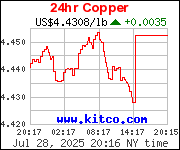


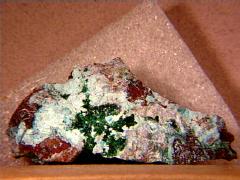

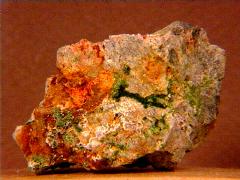
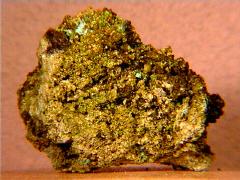
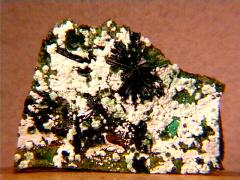
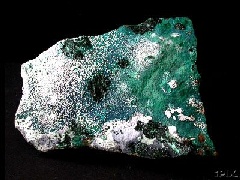


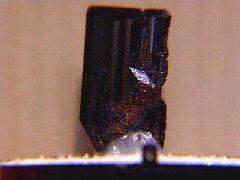
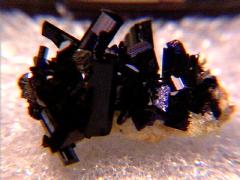
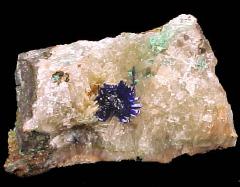


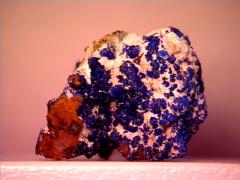






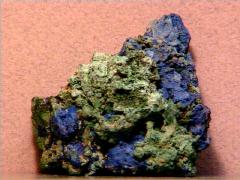

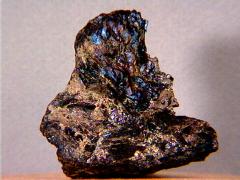




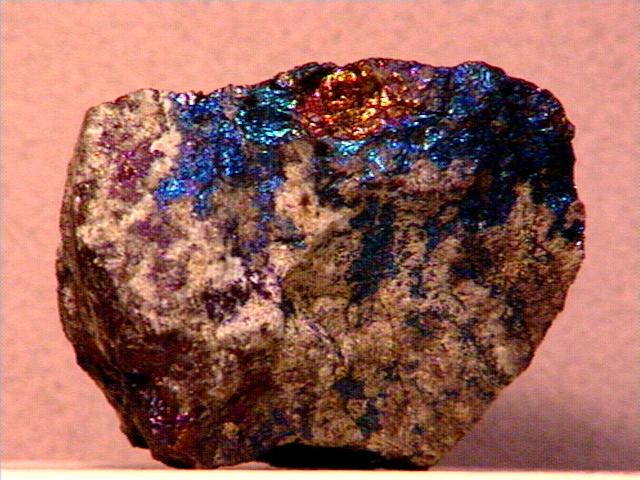


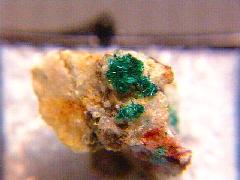
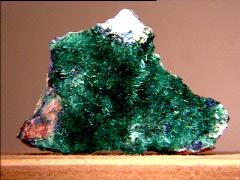






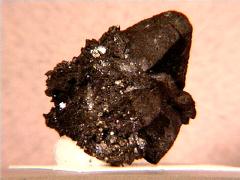
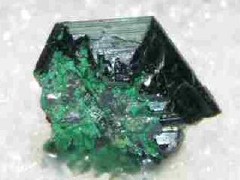
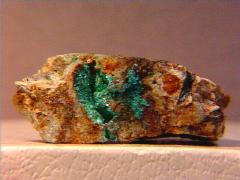

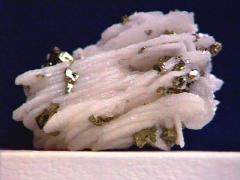
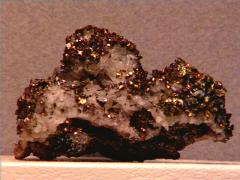

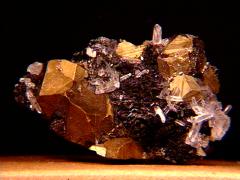
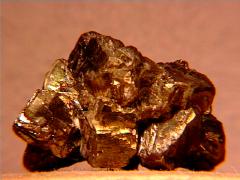




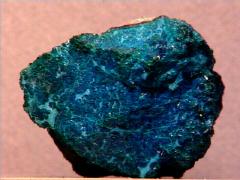
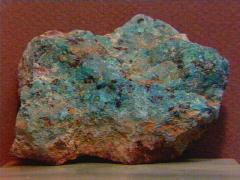


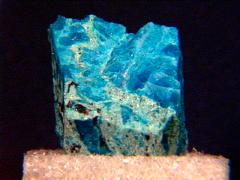
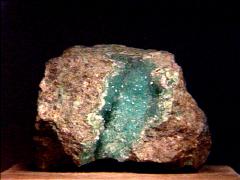
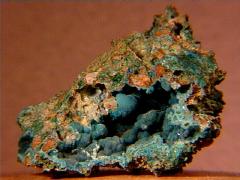
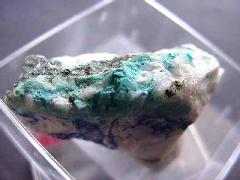
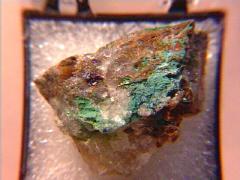
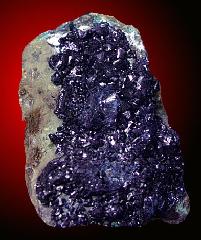
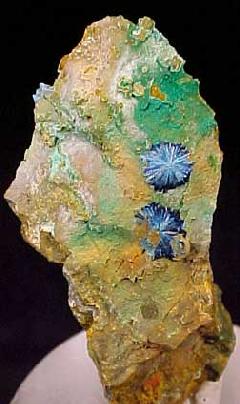
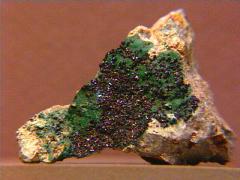

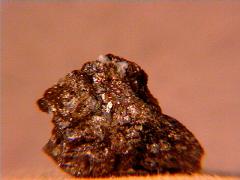
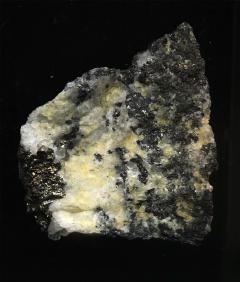



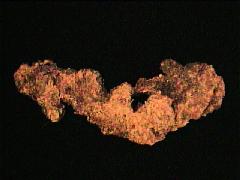


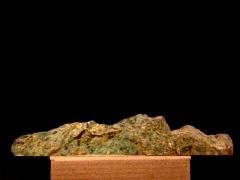



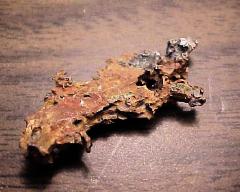
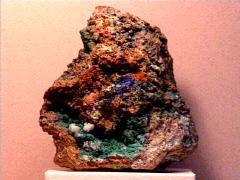


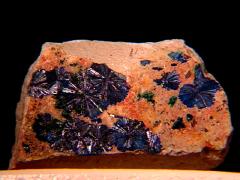
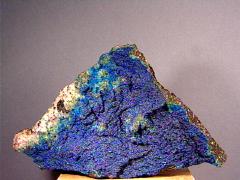

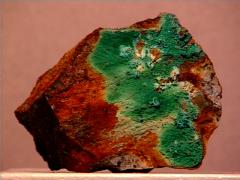


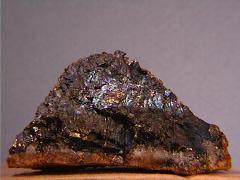
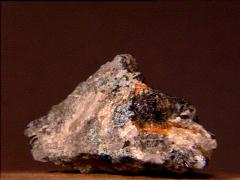


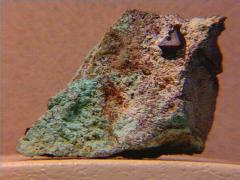


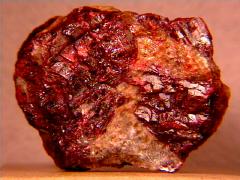
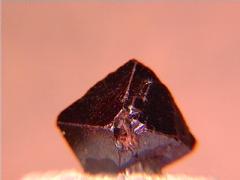

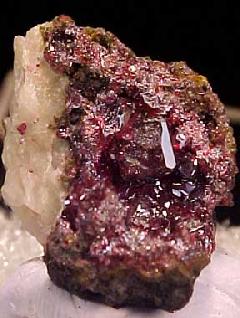


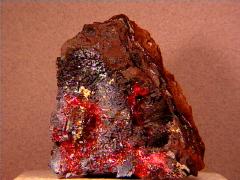


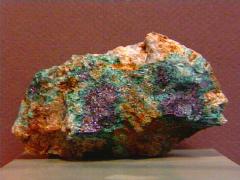

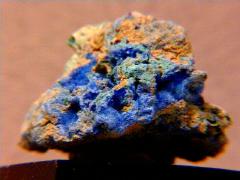

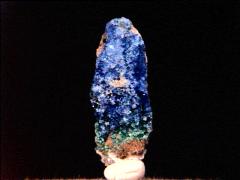




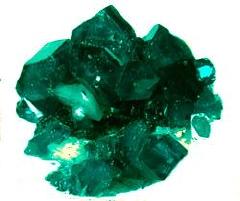



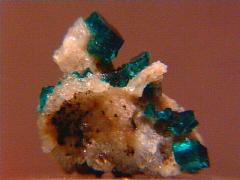








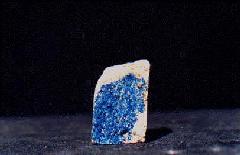


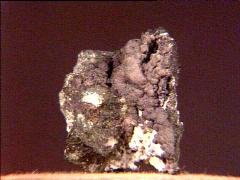
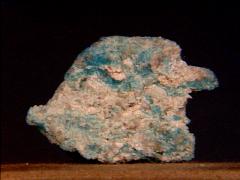
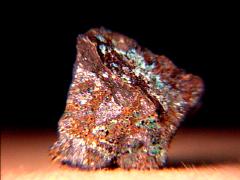





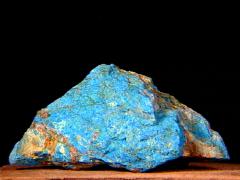

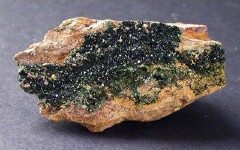


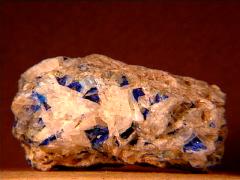
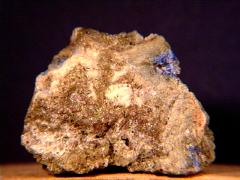


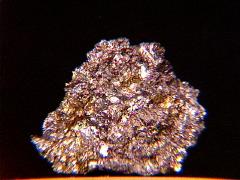
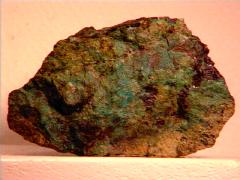
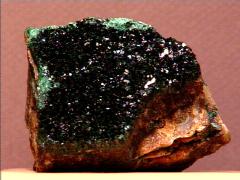
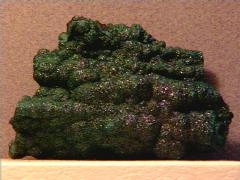




What a fantastic site. Just found it via financial sense. When I've time, I'll surely read all your posts.
ReplyDeleteNever thought that copper could be a good inflationhedge. Now, I'm happy to save all my pennies...
And what are your thoughts about platinum, palladium and rhodium as rare Precious Metals for the next supercycle (green deal)?
Sincerly
Yann
Yann, why don't you browse over to Realcent.forumco.com and ask your questions? We have 1000 members and would welcome your involvement. Thanks for posting.
ReplyDelete